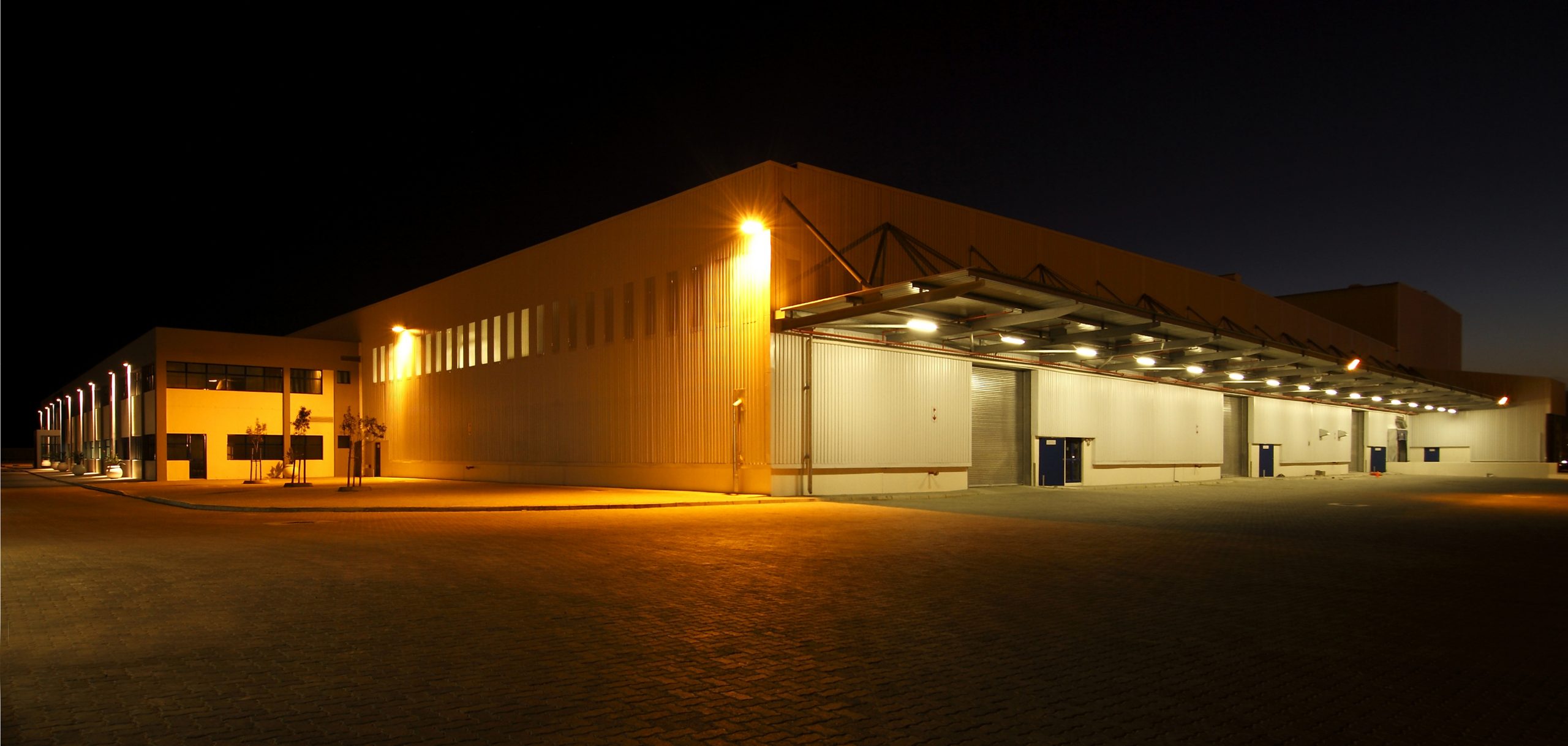Email: info@fc-llc.org
by RW-Freedom Posted on December 17, 2019

Few natural phenomena can compare to the destructive power of a hurricane. Winds can easily reach into the triple digits. In 2018, Hurricane Florence dropped more than 8 trillion gallons of rain. Even with the massive destructive forces involved, buildings and properties are constructed to withstand hurricanes. If buildings can are built to protect against devastating hurricanes, why not design them to defend against crime?
Crime Prevention Through Environmental Design (CPTED) is a design philosophy that incorporates techniques and practices to promote security and discourage criminal activity. There are four main principles within CPTED: natural surveillance, natural access control, territorial reinforcement, and maintenance.
Natural surveillance focuses on maximizing visibility. Proper surveillance measures eliminate the opportunity for criminals to act in secrecy. When a structure is built with natural surveillance measures in mind, employees or residents can carry out their normal activities with little to no inconvenience. Even something like properly aimed floodlights may help deter criminal activity by removing space for criminals to hide.
Natural access control involves guiding the flow of people entering and exiting through the deliberate placement of entrances, exits, and landscaping. Controlling where people go decreases the opportunities for criminal activity. Design features to guide people through the building while also preventing access to valuable assets. Clearly defined entrances, security fencing, and marked pathways are all simple ways to discourage criminal activity through design.
Territorial reinforcement is a design philosophy that creates clear divisions between spaces. Spaces can typically be public, semi-public, or private. Each designation inherently suggests the type of activities that will be permitted in each respective area. Signage, walls, or fences can all suggest the kind of space and the divisions between different types of areas. These divisions will psychologically deter potential criminals.
Neglected spaces are typically enticing targets for criminal activity. By performing regular, visible maintenance on a property shows that someone is invested in the location. Criminals are less likely to intrude on a property that is well kept and may also be well-trafficked. Replacing burnt out light bulbs, removing graffiti, and maintaining landscaping are all actions that signal someone is invested and possibly present.
The elements of CPTED are straightforward to incorporate and typically do not inconvenience owners or employees. Combining all four of the philosophies creates an environment that both discourages criminal activity and enhances the experience for legitimate users. Buildings or properties that fail to incorporate CPTED are inherently more vulnerable. However, when the design process begins with CPTED, the final product will be inherently more secure.
Freedom Consulting LLC assists corporations, no matter their size, with designing effective security measures through CPTED principles. Our services are custom-tailored to the organization, and we utilize highly trained security professionals to develop appropriate mitigation of risks, threats, and vulnerabilities. For more info or to schedule a consultation please visit this link or email us at info@freedomconsultingservices.org.
© 2024 Freedom Consulting LLC. All rights reserved